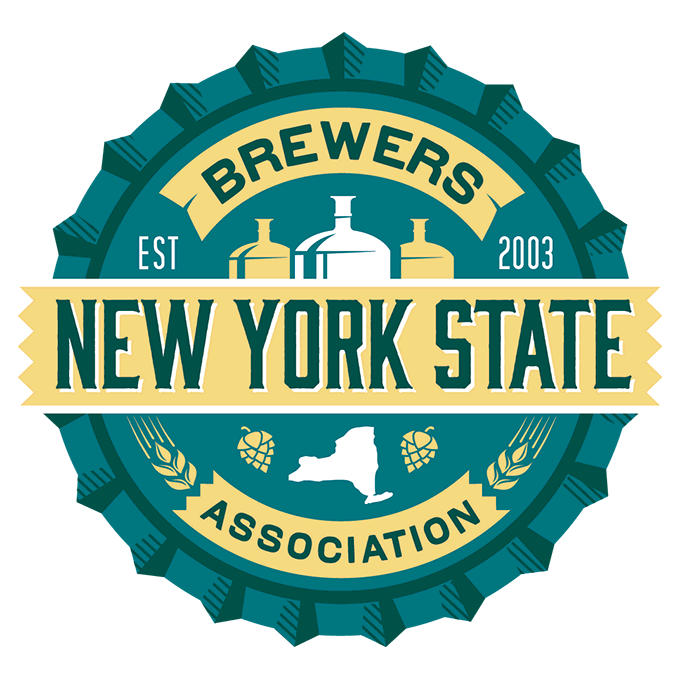
Creating a solid, great-tasting beer is at the core of any craft brewery. But no successful brewer is content with making just one. When planning how to market and present your growing craft brew offerings, it’s imperative to keep a strong brand identity top of mind. Below are some simple tips to keep your brand on track while you take your new brews in different directions.
Keep on Message
When diversifying your brew offerings, it’s natural to think about changing or altering your brand message to cater to a different audience in an effort to expand your reach. But changing your brand message can confuse the market and deter an already loyal customer base. Instead, find ways to build on what you have, and keep your brand message consistent with your brand’s central identity. Decide what qualities your brand stands for. Is it exceptional ingredients? Experimental flavors? Locally-sourced hops? Barrel-aged flavors? Identify your key brand message, and keep it consistent across all new brew offerings. This communicates to consumers that you’re confident in your brand, and your consumer should be, too.
Find a Differentiator
Craft brews are more fashionable than ever, and in many locations the market is thoroughly saturated. But that doesn’t mean a new brew can’t stand out. The key is to find a creative niche, a differentiator that falls underneath the umbrella of your overall brand message that makes your new brew pop amid all the other offerings that tempt a drinker’s palate. Consider the case of cider: for years, most ciders were made with apples. As the market for cider expanded, cider brewers began experimenting with making ciders with different kinds of fruits in order to stand out in an increasingly crowded market. Wineries capitalize on the location of the vineyard, whisky brewers on the casks, and both on the age of the product. Some product differentiators were considered unique when they were first introduced, only to become standard offerings in time. Sour brews are a perfect example, as are funky, artistic logos and labels that adorn the bottles of many craft beers. Don’t be afraid to get creative, and really hone in on your differentiator to carve a place for your new beer.
Stay Focused
When introducing a new brew, it’s easy to get lost in the possibilities. Many brewmasters struggle to maintain the same level of attention to flavor in subsequent brews as they did with their first, a lack of focus that can quickly do damage to the brand they have worked so hard to build. This commitment to focusing on producing the very best in each subsequent brew is a way of thinking that will trickle down throughout the organization into all branding and marketing decisions, and eventually, customer perception. In the same way that finding and maintaining that lazer-like focus on making each brew the very best strengthens the brand, so too does finding and maintaining focus on the brand message and marketing of your new offering, especially in the early stages of marketing. Evaluate potential brand awareness campaigns against the values of your overall brand and of your key product differentiators before moving ahead. Know who your target customer base is, and more importantly, know who it’s not, as this will help in deciphering which events, sponsorships and brand awareness initiatives you get involved with. There may be thousands of people at the local music festival, but if they are young punk rockers and your brews are aimed at middle-aged people in a mid-to-high income bracket, it’s probably not worth the vendor fees to set up a booth to introduce your new beer there. Resist the temptation to spread your initial awareness efforts too thin, and instead maintain a laser focus on your target demographic.
Make sure that all the hard work that went into creating your new craft beer offerings doesn’t go to waste. Maintaining a strong brand identity while diversifying your craft brew offerings takes planning and focus, but it is a crucial element in the long-term success of your new beers.